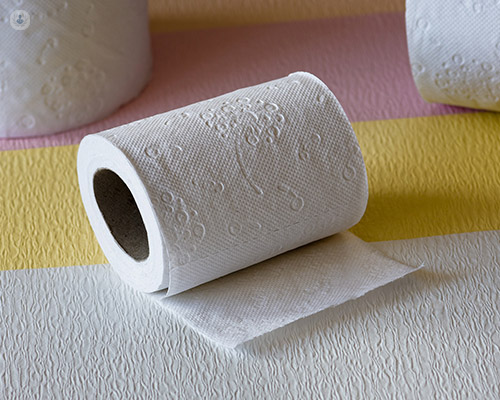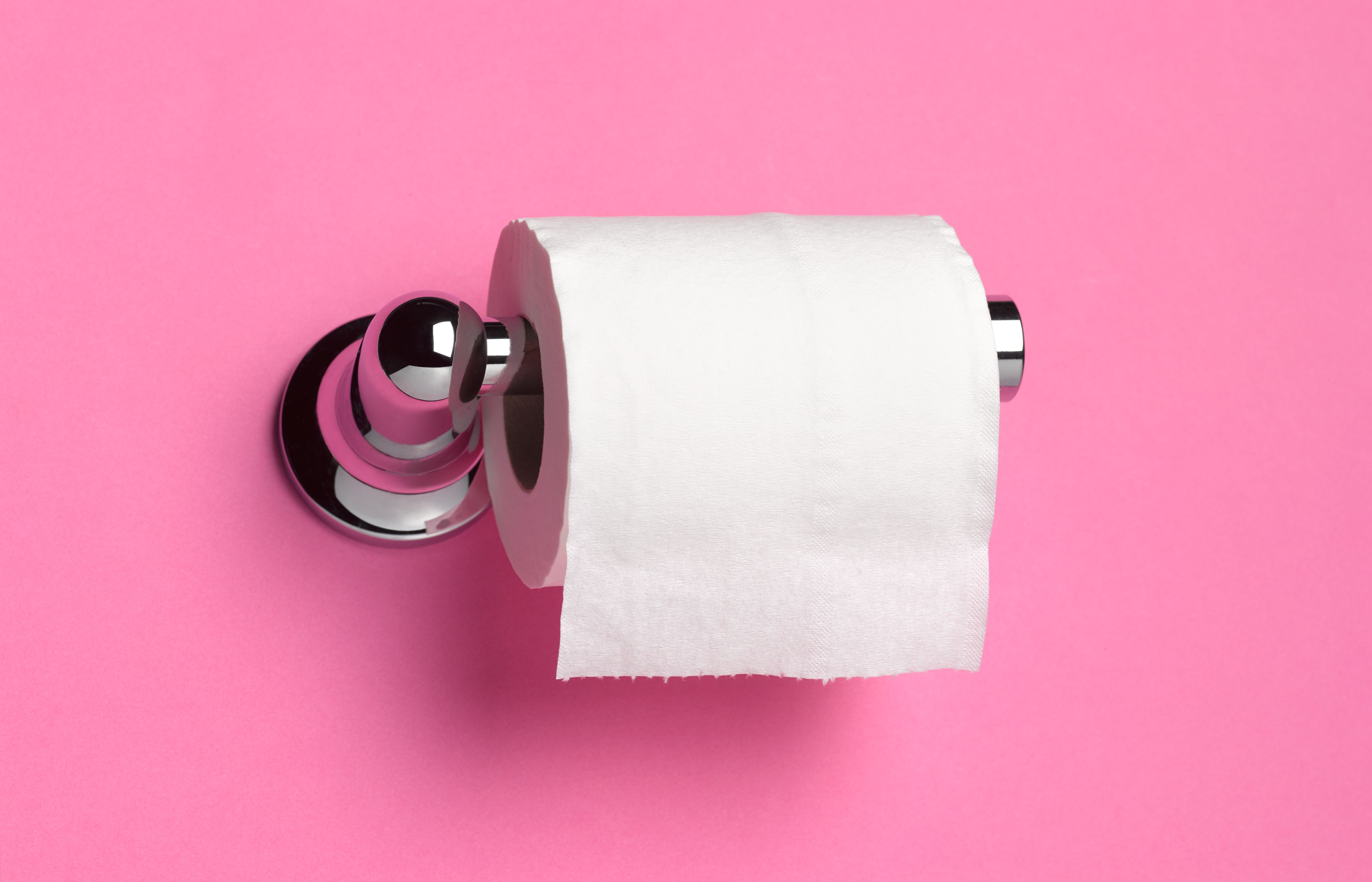
They will then take biopsies of the colonic wall to submit for further analysis.ĭo not give any medications at home. Your veterinarian will look for any masses, signs of inflammation, or abnormalities. For a colonoscopy, your dog is put under general anesthesia, and a camera is inserted into their rectum and moved along the colon. The last step in colitis diagnosis is a colonoscopy. The ultrasound surveys the abdomen for any clue as to what might be causing the diarrhea. This examines your dog’s intestines for any signs of foreign material, thickening of the intestinal wall, or enlarged lymph nodes. If the diarrhea does not respond to a special diet, the next step is an abdominal ultrasound. The recommended prescription diets are low in fat, high in fiber, and formulated either for a sensitive gastrointestinal tract or with a novel protein to determine if there are any food allergies.
SORE BUM FROM DIARRHEA TRIAL
Diet Trialīefore pursuing advanced diagnostics, your vet will usually recommend a diet trial for your dog. Typically, this consists of a course of antibiotics followed by a diet trial. If the diarrhea persists for longer than two weeks, it is classified as chronic diarrhea and requires further medical attention. However, the exact cause is often unknown since acute colitis usually clears up quickly on its own. Your veterinarian might diagnose acute colitis just based on the medical history, physical exam, and fecal analysis. If you are taking your dog to the veterinarian for diarrhea, make sure to bring a fresh fecal sample in a sealed bag.

In cases of both acute and chronic colitis, your vet will do a fecal analysis to determine if there are parasites. They will assess your dog’s dehydration level, check for pain or abnormalities in the abdomen and rectum, and assess the quality of their stool. Next, your vet will perform a thorough physical exam on your dog, including rectal evaluation. Has your dog eaten anything recently that they typically don’t eat, or have they gone through a stressful event? Have you changed your dog’s diet? Is there any vomiting, fatigue, or lack of appetite?

Is your dog able to hold it to go outside, or do they have to go urgently? What does your dog’s stool look like? Is there blood or mucus in it? This information helps your veterinarian to determine if the diarrhea is from the small intestine or from the large intestine. Vets will start by getting a thorough history (asking you questions about the issue). These are the steps a vet will take to diagnose colitis in dogs. Treatment includes antibiotic therapy and dietary changes as well as corticosteroids. It results in bloody diarrhea and weight loss. In granulomatous colitis, a bowel segment becomes thickened or partially blocked due to a bacterial invasion of the intestinal wall. However, young Boxers and French Bulldogs are more prone to a rare type of colitis called granulomatous colitis. Idiopathic (when your vet is unable to define a specific cause)Īny dog can get colitis.

Infectious agents, such as bacteria (e.g., campylobacter, salmonella, or clostridium) or a fungal infection like histoplasmosis Stress (e.g., boarding, traveling, moving, or environmental changes)ĭietary indiscretions (e.g., too many treats, eating people food, or getting into the garbage) In addition to presenting differently, acute and chronic colitis often have different causes. Either way, chronic colitis in dogs often requires a medical workup. With chronic colitis, your dog will have multiple episodes of symptoms that keep coming and going, or symptoms that simply keep going. We see this often in dogs, and it usually clears up on its own.Ĭhronic colitis lasts for longer-from weeks to months. Types of Colitis in DogsĪcute colitis refers to a sudden onset of symptoms that typically lasts only a few days. The colon also absorbs water, so when it’s inflamed and its cells aren’t functioning well, water isn’t absorbed properly, and it is expelled as diarrhea. The colon is the last part of the gastrointestinal system, following the small intestine.īy the time food gets to a dog’s colon, most of the nutrients have been absorbed, but a large, natural bacterial population within the colon further digests any leftover undigested food. Colitis is a general term that refers to inflammation of a dog’s colon, also known as the large intestine.


 0 kommentar(er)
0 kommentar(er)
